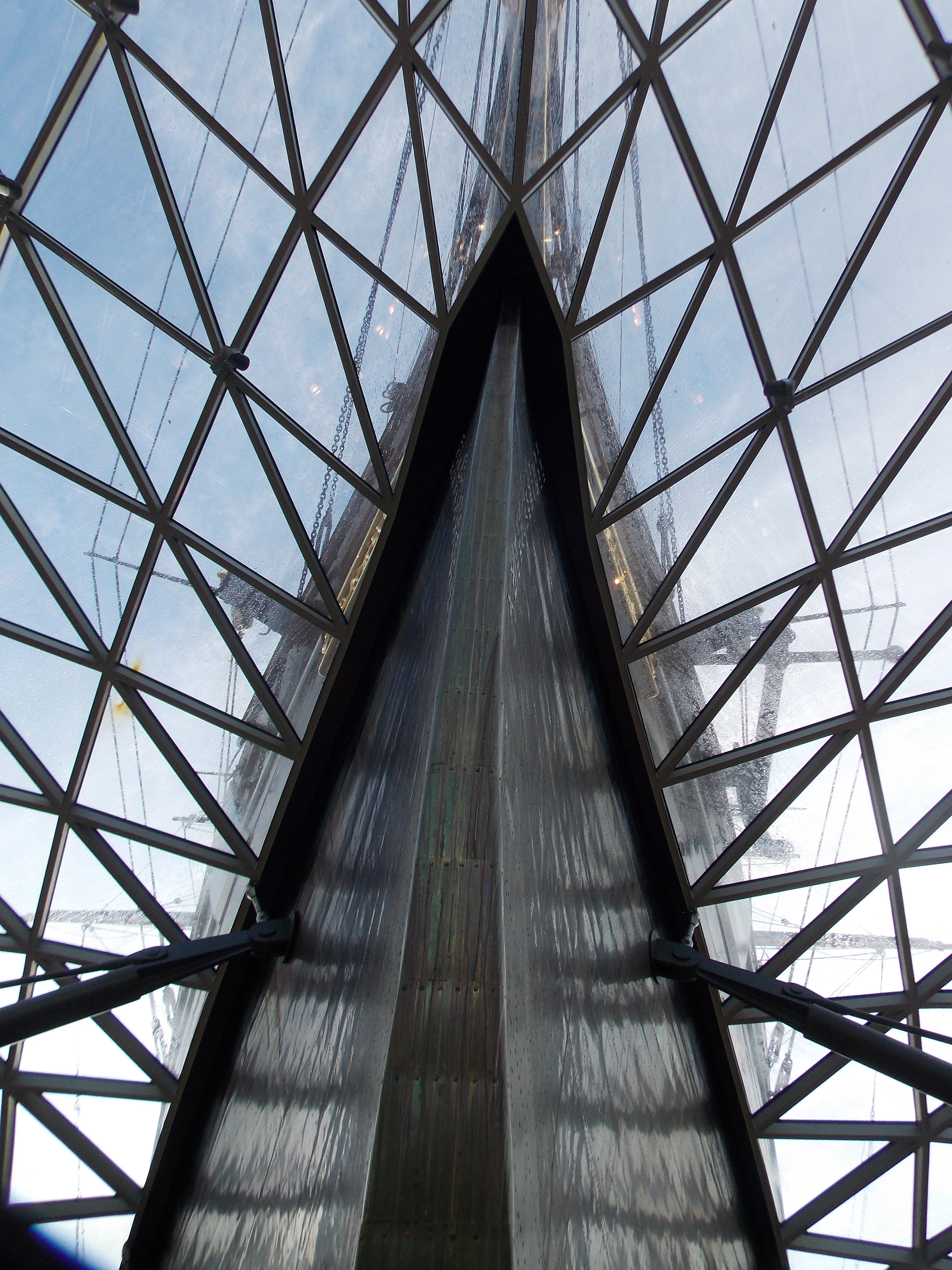They say that people who don’t build battery banks while wearing a sweater will cry about the lack of battery banks in double fur coats. :)
Since today was possibly the last “sweater” weekend here, morning frost is a reality and snow has fallen 500 km northwards…
…I decided that I would be among the first and not the second group. :)
Coincidence has given me an almost unused (43 000 km driven) battery bank of a Mitsubishi i-MIEV (a crap car, don’t buy unless you are an EV mechanic).
But in my house, there is already a 24V battery bank made of Nissan Leaf cells and I’m worried about lack of space and fire hazard (if lithium batteries burn, you typically need tons of water to make them do anything else - I have only one ton and pumping it requires that same battery bank).
So I decided that I’d build a new 48V battery bank outside my house, start it up with the MIEV cells and maybe migrate the Leaf cells there later too, after checking and reassembly.
However, winters are cold here and MIEV cells (as I mentioned, the car is crap) lose 30% of their capacity when cold. It thus follows that I must keep my battery warm in winter - and later on, cool in summer. This requires energy. Spending less energy on battery care allows using more energy for useful things. :)
Thus it follows that I need a battery enclosure. :) It must have wheels so construction bureaucrats can be waved away with an explanation (a generator on wheels doesn’t need a building permit either). And it must have thermal insulation.
The insulation is PIR foam, 10 cm thick. Maybe I’ll make some parts even thicker. The wheeled platform was salvaged from a bankrupt boat factory, I don’t know its original purpose. The bottom plywood is 20 mm waterproof ply, and the top layer (PIR is very delicate, don’t put batteries directly on PIR) is 9 mm waterproof ply.
The design I stole from an anarchist squat which existed in 2009, where styrofoam was used for a similar purpose, with the difference that squatters used lead acid batteries and their battery room was indoors (now it’s advisable to imagine the sound of clattering teeth, it was cold there in winter).
Inside the box, there will be:
- balancers / equalizers
- some DC heating ribbon
- a thermostat or a microcontroller-driven thermometer + relay
- a circulation fan (thermal stratification is bad)
- battery monitors with an alarm function
- a smoke alarm
Since PIR aborsbs sound, the piezo buzzers of the alarm devices will have to be unsoldered and brought to a plastic box on the surface of the enclosure. :)
The arrangement of cells has been chosen to provide access from outside, get a reasonable ratio between volume and surface (avoid flat shape) and to minimize the cutting of materials (several sides are made of PIR sheet cut to length only).
Some more pictures:
- Main tools for working with PIR
- Test fitting
- Closing up
- Securing with fiber tape (you can tow a car with a roll of it)
End result of today’s work:



Indeed, I have nothing here that would draw 35 kilowatts. :) If I weld, the maximum is 4 kW, if I charge my car, the maximum is about 3.6 kW. By the way, I’ve observed that most of time, the MIEV cruises at around 10 kW - accelerating is a whole different matter of course. :) If I get a bit more, I’ll be happy, but I don’t expect a lot more.
I have no power grid here. Maybe next autumn, but I only asked them to build a laughably small connection of 3 x 6 A, to act as a backup in case my systems are catastrophically broken) so no grid tie. Since it’s a really curious location (no official road either) I wonder if the grid operator actually manages to build it in one year. :)
As for inverters, my setup isn’t new or shiny - there’s a legacy DC-AC (poor choice of brand name from some Taiwanese maker, even I can’t find their website because their name is so generic) 24 V 5 KW inverter. It produces modified sine wave, was too expensive, and the first one that I got developed a fault and was replaced. The replacement has been running my house for the past 5 years. It will retire when I manage to move over to a 48V system voltage.
…and its replacement is a somewhat newer Maximum Solar PIP-4048MS (no longer produced, but they make similar ones). It’s actually less powerful (only 4 kW) but produces a pure sine wave and I bought it used for a really good price.
Although the new(er) inverter can act as a charger (drawing power either from solar or a generator or a power grid) and likely it soon will, I have 3 separate chargers, each for a different panel array. All of them are Maximum Solar PCM60X. I mostly chose them because they have passive cooling and they’ve been working for several years.